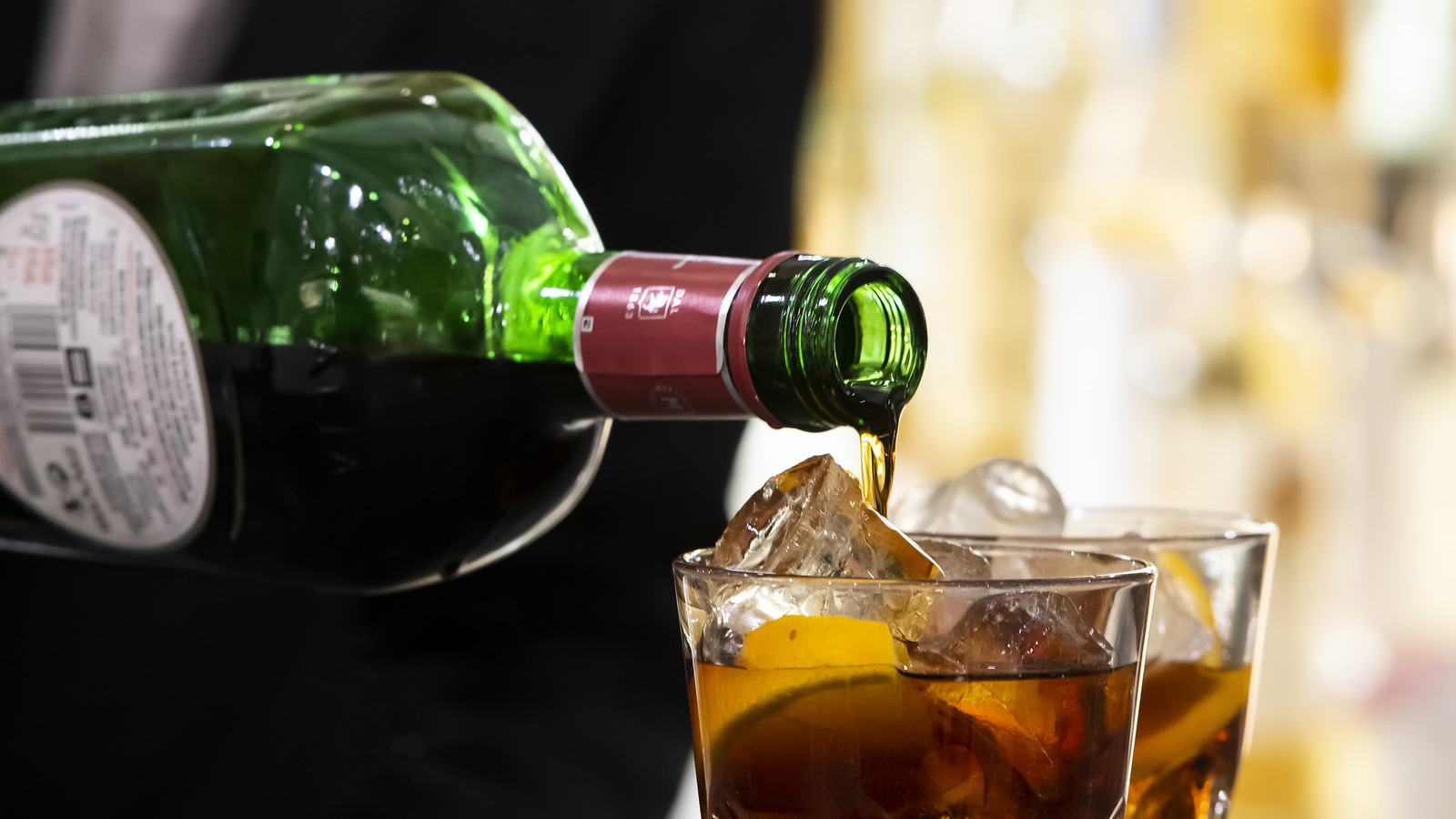

Articles
How To Store Brandy After Opening
Modified: March 2, 2024
Learn the best practices for storing brandy after opening. Follow these simple tips and keep your favorite brandy fresh and flavorful for longer.
(Many of the links in this article redirect to a specific reviewed product. Your purchase of these products through affiliate links helps to generate commission for Storables.com, at no extra cost. Learn more)
Introduction
Brandy, with its smooth and rich flavor, is a beloved spirit that many enjoy sipping on special occasions or as a nightcap after a long day. Whether you are a brandy connoisseur or just someone who occasionally indulges in a glass, proper storage is crucial to maintain its quality and taste. After opening a bottle of brandy, it’s essential to store it correctly to preserve its flavor, aroma, and overall integrity.
In this article, we will explore the importance of proper brandy storage and provide you with practical steps on how to store brandy after opening. By following these guidelines, you’ll be able to enjoy the full experience of your brandy bottle for an extended period.
Key Takeaways:
- Properly storing brandy after opening is crucial to maintain its flavor, aroma, and quality. Follow steps like choosing the right storage container, sealing the bottle properly, and monitoring regularly to preserve the rich flavors and aromas.
- Consider bonus tips such as storing the bottle upright, using wine stoppers or vacuum sealing, and avoiding strong odors to further enhance the storage conditions for your brandy. These additional measures can help extend the longevity and quality of your beloved spirit.
Read more: How To Store Brandy
What is Brandy?
Before diving into the intricacies of storing brandy, let’s first understand what exactly brandy is. Brandy is a distilled spirit that is crafted from fermented fruit juice or fruit pulp. The most common fruit used in brandy production is grapes, making it closely associated with wine production.
The process of making brandy involves fermenting the fruit juice or pulp, which converts the sugars into alcohol. This fermented liquid is then distilled, resulting in a higher alcohol content and a more concentrated flavor profile. The final product is a spirit that is known for its smoothness and complex taste.
Brandy comes in various styles, including grape brandy, apple brandy, pear brandy, and even fruit-based brandy such as cherry or apricot brandy. Each style has its unique characteristics and flavor profile, making brandy a versatile and diverse spirit.
Brandy is often enjoyed neat or on the rocks due to its sophisticated taste, but it is also a popular choice for cocktails and mixed drinks. Whether sipped straight or used as the base for a delicious cocktail, brandy offers a delightful drinking experience.
Now that you have a basic understanding of what brandy is, let’s explore why proper storage is essential for maintaining its quality and enjoyment.
Why is Proper Storage Important?
Proper storage of brandy is crucial because it helps preserve its flavor, aroma, and overall quality. Brandy, like other spirits, can be sensitive to external factors that can negatively impact its taste and characteristics. Here are some reasons why proper storage is important:
- Prolongs Shelf Life: By storing brandy properly, you can extend its shelf life and ensure that it remains enjoyable for a longer period. Improper storage can lead to oxidation, which can cause the brandy to deteriorate in taste and freshness.
- Maintains Flavor and Aroma: Brandy is known for its intricate flavor and aromatic notes. Proper storage can help preserve these qualities, allowing you to experience the full richness and complexity that brandy has to offer.
- Prevents Contamination: Protecting your brandy from external contaminants such as dust, odors, and pollutants is essential. Proper storage minimizes the risk of these contaminants seeping into the bottle and affecting its taste and quality.
- Avoids Exposure to Light and Heat: Exposure to light and heat can accelerate the aging process of brandy, causing it to lose its desirable characteristics. Proper storage in a cool and dark environment helps to maintain the integrity of the brandy over time.
- Preserves Investment: If you have invested in a high-quality or rare bottle of brandy, proper storage is essential to protect your investment. By storing it correctly, you can ensure that the value of the bottle remains intact, both in terms of taste and potential future resale.
By understanding the importance of proper storage, you can take the necessary steps to maintain the quality and enjoyment of your brandy after opening. Now, let’s dive into the practical steps you can follow to store brandy after opening.
Steps to Store Brandy After Opening
To ensure the longevity and quality of your opened brandy bottle, follow these steps for proper storage:
- Choose the Right Storage Container: If you don’t plan on finishing the brandy in one sitting, it’s important to transfer it to a suitable storage container. Opt for a bottle or decanter made of glass, as it will not react with the brandy and alter its taste.
- Seal the Bottle Properly: After pouring the brandy into the storage container, make sure to seal it tightly. The goal is to minimize air exposure to prevent oxidation, which can affect the flavor of the brandy.
- Store in a Cool, Dark Place: Find a suitable location for storing your brandy that is away from direct sunlight and heat sources. Exposure to light and heat can degrade the quality of the brandy and affect its taste over time.
- Avoid Exposing to Heat and Light: Keep your brandy away from appliances, ovens, or areas with fluctuating temperatures. Extreme temperature changes can alter the chemical composition of the brandy, resulting in undesirable changes to its flavor profile.
- Monitor the Bottle Regularly: Periodically check on the stored brandy to ensure that the container is sealed properly and there are no signs of leakage or contamination. This step is especially important if you plan on storing the brandy for an extended period.
- Consume within a Reasonable Timeframe: While brandy can last for a long time when stored properly, it is still best enjoyed within a reasonable timeframe. As time goes by, the flavor profile of brandy may subtly change, so it’s ideal to consume it while it’s at its best.
By following these steps, you can maintain the quality and characteristics of your brandy even after opening. However, there are additional tips you can implement to further enhance the storage conditions for your brandy.
Let’s explore some bonus tips for storing brandy after opening:
Step 1: Choose the Right Storage Container
When it comes to storing brandy after opening, selecting the right storage container is essential. The container you choose should be made of glass, as it is non-reactive and will not alter the taste of the brandy.
Here are a few factors to consider when choosing a storage container for your brandy:
- Glass Material: Glass containers are the preferred choice for storing brandy due to their inert nature. They do not interact chemically with the brandy, ensuring that the flavor remains unchanged. Additionally, glass containers help to protect the brandy from external odors and contaminants.
- Airtight Seal: Look for a container that provides an airtight seal. This is crucial to prevent excessive oxygen exposure, which can lead to oxidation and degradation of the brandy. A tight seal will help maintain the integrity of the spirit and preserve its flavors for an extended period.
- Size and Shape: Choose a storage container that is appropriately sized for the amount of brandy you have left in the bottle. It’s best to minimize the empty space in the container to minimize air contact. Additionally, a container with a narrow neck can help reduce the surface area exposed to oxygen.
- Light Protection: Consider opting for a container that is tinted or opaque to provide additional protection against light. Exposure to direct sunlight or ultraviolet (UV) rays can degrade the quality of the brandy over time. The darker the container, the better it can shield the brandy from harmful light sources.
Once you have chosen the right storage container, carefully transfer the brandy from its original bottle to the new container. Take your time to ensure that there are no spills or leaks during the process. Once transferred, proceed to seal the container tightly to minimize air exposure and maintain the quality of the brandy.
With the right storage container in place, you can move on to the next step: sealing the bottle properly.
Read more: How To Store Rum After Opening
Step 2: Seal the Bottle Properly
After transferring your brandy to the chosen storage container, it’s crucial to seal it properly to maintain its quality and prevent unnecessary exposure to air. Proper sealing helps minimize oxidation and preserves the flavor and aroma of the brandy over time.
Follow these guidelines to ensure a tight and secure seal:
- Clean the Cap or Stopper: Before sealing the bottle, ensure that the cap or stopper is clean and free from any residue or debris. Use warm water and mild soap to clean it thoroughly, and then dry it completely before using.
- Tighten the Cap or Stopper: Place the cap or stopper firmly on the container and twist it clockwise to tighten it securely. Ensure that it fits snugly and does not wobble or loosen easily. This will help maintain an airtight seal and prevent air from entering the container.
- Inspect for Leaks: After sealing the container, inspect it carefully for any signs of leaks. Gently tilt the container back and forth to see if any liquid escapes or if there are any drips around the cap or stopper. If you notice any leaks, reseal the container and check again to ensure a proper seal.
- Store in an Upright Position: When sealed, store the container in an upright position. This will help prevent any potential leakage and ensure that the seal remains intact. Storing the brandy upright also minimizes contact with the air inside the container.
By sealing your brandy container properly, you create a barrier that reduces the amount of oxygen exposure, helping the brandy maintain its flavor, aroma, and overall quality.
With the bottle properly sealed, we can now move on to the next step: storing the brandy in a cool, dark place.
Store brandy in a cool, dark place away from direct sunlight and heat sources. Seal the bottle tightly to prevent oxidation and maintain flavor. Consider transferring to a smaller bottle to minimize air exposure.
Step 3: Store in a Cool, Dark Place
After sealing the brandy container, it’s important to find a suitable location for storage. Optimal storage conditions include a cool and dark place, as exposure to heat and light can have a detrimental impact on the quality of the brandy.
Here are some key considerations for storing your brandy:
- Temperature: Choose a storage location with a consistent and moderate temperature. The ideal temperature range for brandy storage is between 55-65°F (13-18°C). Fluctuations in temperature can cause the brandy to expand and contract, potentially compromising its flavor and aroma.
- Avoid Temperature Extremes: Keep the brandy away from areas that experience extreme temperatures, such as near heating vents, radiators, or direct sunlight. High temperatures can accelerate the aging process and alter the flavors, while low temperatures can cause the brandy to become cloudy or develop ice crystals.
- Darkness: Exposure to light, especially UV rays, can cause chemical reactions in the brandy, leading to undesirable changes in flavor and appearance. Store the brandy in a dark area or consider using a protective cover or tinted storage container to shield it from light.
- Avoid Vibrations: Vibrations can disturb the sediment in the brandy and disrupt its aging process. Find a storage location away from appliances or areas prone to constant vibrations, ensuring a calm and stable environment for the brandy.
Consider the following storage options in your quest for a cool and dark place:
- Wine Cellar or Basement: If you have access to a wine cellar or basement, these areas typically provide the ideal conditions for brandy storage. They tend to have a naturally cool and consistent temperature, providing a suitable environment for aging brandy.
- Cupboard or Pantry: A cupboard or pantry in a central part of your home can also serve as an excellent storage location. Choose a spot away from direct sunlight and ensure that the temperature remains relatively stable throughout the year.
- Storage Cabinet: If you don’t have a cellar or basement, consider investing in a dedicated storage cabinet specifically designed for spirits. These cabinets often come equipped with temperature and humidity control, providing optimal conditions for storing brandy.
Remember to place your brandy container upright in the selected storage location to prevent any potential leaks and maintain the quality of the seal.
With your brandy properly sealed and stored in a cool, dark place, you are one step closer to preserving its flavor and integrity. However, there are additional precautions you should take to protect your brandy from exposure to heat and light. Let’s explore that in the next step.
Step 4: Avoid Exposing to Heat and Light
To maintain the quality and integrity of your brandy, it’s crucial to protect it from exposure to heat and light. These external factors can accelerate the aging process and negatively impact the taste, aroma, and overall character of the spirit. Follow these guidelines to safeguard your brandy:
- Keep Away from Direct Sunlight: Sunlight, especially UV rays, can cause chemical reactions in the brandy, leading to the deterioration of flavors and potentially resulting in a flat or off taste. Store your brandy in a location where it won’t be exposed to direct sunlight, such as in a dark cupboard or a dedicated spirits cabinet.
- Avoid Lightbulbs and Lamps: Even artificial light can have a damaging effect on brandy. Keep your brandy away from lightbulbs or lamps, as the heat emitted can increase the temperature around the bottle and potentially spoil the quality of the spirit. Choose a storage location that is shielded from ambient light sources.
- Limit Exposure to Heat Sources: Heat can accelerate the aging process of brandy, causing it to lose its desirable characteristics. Store your brandy away from any heat sources such as radiators, stoves, or appliances that emit heat. Extreme temperatures can lead to the evaporation of alcohol and undesirable changes in flavor.
- Avoid Fluctuating Temperatures: Rapid temperature fluctuations can affect the chemical balance of the brandy and cause it to expand and contract, potentially leading to leakage or changes in taste. Aim for a storage area with a stable temperature to ensure consistent conditions for your brandy.
By taking precautions to avoid exposing your brandy to heat and light, you can help maintain its quality and ensure that it remains enjoyable for an extended period. Now that you know how to protect your brandy, let’s move on to the next step: monitoring the bottle regularly.
Step 5: Monitor the Bottle Regularly
Regular monitoring of your brandy bottle ensures that it remains in optimal condition and allows you to detect any potential issues early on. By inspecting the bottle periodically, you can address any concerns promptly and take necessary measures to preserve the quality of the brandy. Here are some guidelines for monitoring your brandy:
- Check for Leaks: Inspect the seal and cap of the brandy container regularly for any signs of leakage. Look for any dampness or moisture around the cap or stopper. If you notice any leaks, reseal the container immediately to prevent air exposure and potential flavor loss.
- Ensure Proper Sealing: Confirm that the container is securely sealed. Gently twist the cap or stopper to ensure it is tightened properly. If the seal feels loose or wobbly, reseal it tighter to maintain airtight conditions. A loose seal can lead to increased oxygen exposure and affect the quality of the brandy.
- Inspect for Contamination: Regularly check the brandy container and its surroundings for any signs of contamination. Look for mold, dust, or foreign particles that may have found their way into the bottle. If you notice any contamination, clean the bottle and its surroundings before resealing it.
- Take Note of Changes: Pay attention to any changes in the appearance, aroma, or taste of the brandy. If you notice any unusual cloudiness, off-putting smells, or a significant change in flavor, it may indicate spoilage or oxidation. Take note of these changes and consider consuming the brandy sooner rather than later.
- Rotate the Bottle: Occasionally rotate or gently shake the brandy bottle to prevent sediment from settling and sticking to the sides. This practice helps distribute any sediment evenly throughout the spirit, maintaining a consistent flavor profile and preventing any potential degradation.
By regularly monitoring your brandy bottle, you can ensure that it is in optimal condition and detect any issues that may impact its quality. Taking proactive measures will help preserve the flavor, aroma, and overall integrity of the brandy.
Now that you know how to monitor your brandy, let’s move on to the final step: consuming the brandy within a reasonable timeframe.
Read more: How To Store Velveeta After Opening
Step 6: Consume within a Reasonable Timeframe
While brandy can be stored for extended periods, it’s important to keep in mind that it does have a lifespan. To fully enjoy the flavors and characteristics of your brandy, it’s best to consume it within a reasonable timeframe after opening. Here are some considerations for consuming brandy:
- Check the Age of the Brand: Consider the age of the brandy when determining its ideal consumption timeframe. Younger brandies generally have brighter and more vibrant flavors, while older brandies develop richer and more complex profiles. Adjust your expectations and consumption timeline accordingly.
- Determine the Intended Purpose: Consider why you purchased the brandy in the first place. If it’s a special bottle for celebrations, you may want to enjoy it sooner rather than later. If it’s a more everyday drinking brandy, you can take your time in savoring it. Assess your intentions to decide on the optimal consumption timeline.
- Follow the “Once Opened” Rule: Once a bottle of brandy is opened, it begins to interact with oxygen, which can gradually change its flavor profile. It’s generally recommended to consume brandy within 1-2 years after opening to experience the best flavors and aromas. However, this timeframe can vary depending on the specific brandy and storage conditions.
- Trust Your Senses: Trust your senses when determining if the brandy is still enjoyable. If the flavor, aroma, or appearance has noticeably changed, it may indicate that the brandy is past its prime. Remember that brandy is meant to be savored, so consuming it while it’s at its best will enhance your drinking experience.
- Share and Enjoy: Brandy is often enjoyed in the company of friends or loved ones. Consider sharing your bottle of brandy with others to create memorable moments. Sharing the experience not only allows you to enjoy the flavors together but also ensures that the bottle is consumed before it loses its optimal qualities.
By consuming your brandy within a reasonable timeframe, you can fully appreciate its flavors, aromas, and overall character. While brandy can be stored for a significant period, it’s best to enjoy it while it’s at its peak.
With these steps in mind, you now have a comprehensive guide on how to store brandy after opening. By following these guidelines, you can maintain the quality and enjoyment of your brandy bottle for an extended period.
Bonus Tips for Storing Brandy
In addition to the steps outlined above, here are some bonus tips to further enhance the storage conditions for your brandy:
- Keep the Bottle Upright: While storing the brandy bottle in an upright position is important to prevent leaks, it also has the benefit of reducing the surface area of the liquid exposed to air. This can help slow down the oxidation process and preserve the brandy’s flavor.
- Use a Wine Stopper: If you don’t have a suitable storage container available, you can use a wine stopper to reseal the original brandy bottle after opening. Wine stoppers with airtight seals can help minimize oxidation and keep the brandy fresh.
- Consider Vacuum Sealing: Vacuum sealing technology can help remove excess air from the brandy container, reducing oxidation and prolonging the shelf life. Vacuum sealers are widely available and can be a useful tool for preserving the quality of your brandy.
- Label the Bottle: It’s a good practice to label your brandy bottle with the date it was opened. This will help you keep track of how long it has been stored, making it easier to determine when it’s time to consume the brandy or if it has exceeded its optimal lifespan.
- Avoid Strong Odors: Store your brandy away from strong-smelling substances or areas with intense odors. Brandies can easily absorb odors from their surroundings, which can negatively impact their flavor. Keep them away from spices, cleaning products, or other strong-smelling items.
- Consider Personalized Recommendations: Some brandy bottles come with specific recommendations for storage and consumption. Check the manufacturer’s instructions or do additional research on the specific brand and style of brandy you have to ensure you’re storing it in the most suitable conditions.
By implementing these bonus tips, you can further optimize the storage environment for your brandy and extend its longevity while preserving its quality and taste.
Remember, proper storage is essential to maintain the integrity of your brandy. It’s worth investing a little time and effort to ensure that every sip of your brandy is as enjoyable as the first one.
With these tips in mind, you are now equipped to store and preserve your brandy after opening. Cheers to savoring the rich flavors of your favorite brandy for years to come!
Conclusion
Properly storing brandy after opening is essential to maintain its flavor, aroma, and overall quality. By following the steps outlined in this guide, you can ensure that your brandy remains enjoyable for an extended period:
- Choose the right storage container, preferably made of glass, to avoid any chemical interactions that could alter the taste of the brandy.
- Seal the bottle properly to minimize air exposure and prevent oxidation.
- Store the brandy in a cool, dark place to protect it from heat, light, and temperature fluctuations.
- Avoid exposing the brandy to direct sunlight, artificial light sources, and excessive heat that can degrade its quality.
- Regularly monitor the bottle for any leaks, contamination, or changes in appearance, aroma, or taste.
- Consume the brandy within a reasonable timeframe to enjoy it at its best.
Additionally, consider the bonus tips provided to further enhance the storage conditions:
- Store the bottle upright to minimize air contact.
- Use a wine stopper or vacuum sealing to maintain freshness.
- Label the bottle to keep track of storage duration.
- Avoid strong odors to prevent flavor contamination.
Remember, brandy is meant to be savored and enjoyed. By implementing proper storage practices, you can preserve the quality and character of your brandy, ensuring that every sip provides a delightful experience.
Whether you have a treasured bottle of aged brandy or a new addition to your collection, following these guidelines will help you make the most of your brandy and create lasting memories with friends and loved ones.
So go ahead, store your brandy with care, and embark on a journey of indulgence, appreciating the rich flavors and aromas that this beloved spirit has to offer.
Frequently Asked Questions about How To Store Brandy After Opening
Was this page helpful?
At Storables.com, we guarantee accurate and reliable information. Our content, validated by Expert Board Contributors, is crafted following stringent Editorial Policies. We're committed to providing you with well-researched, expert-backed insights for all your informational needs.

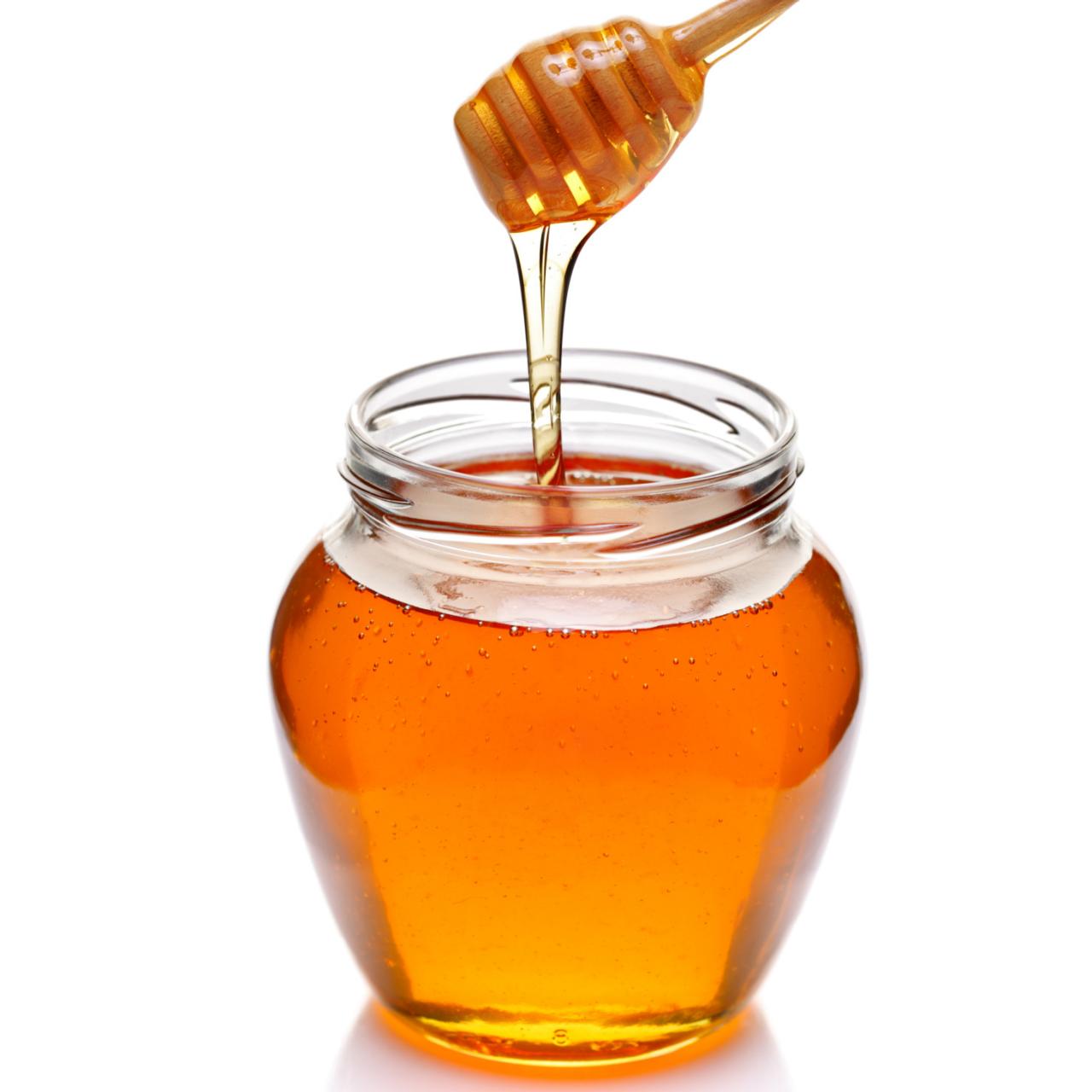
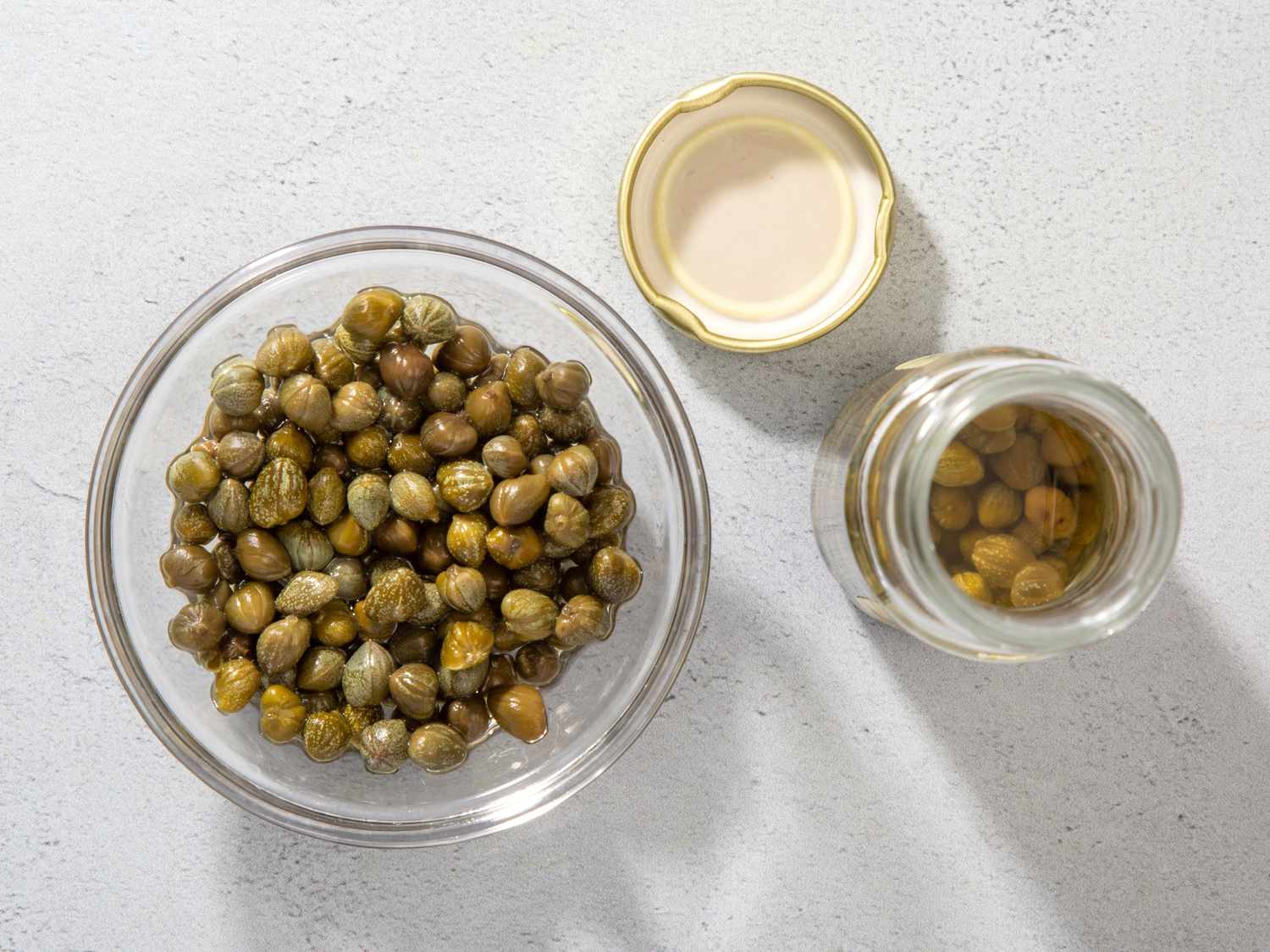
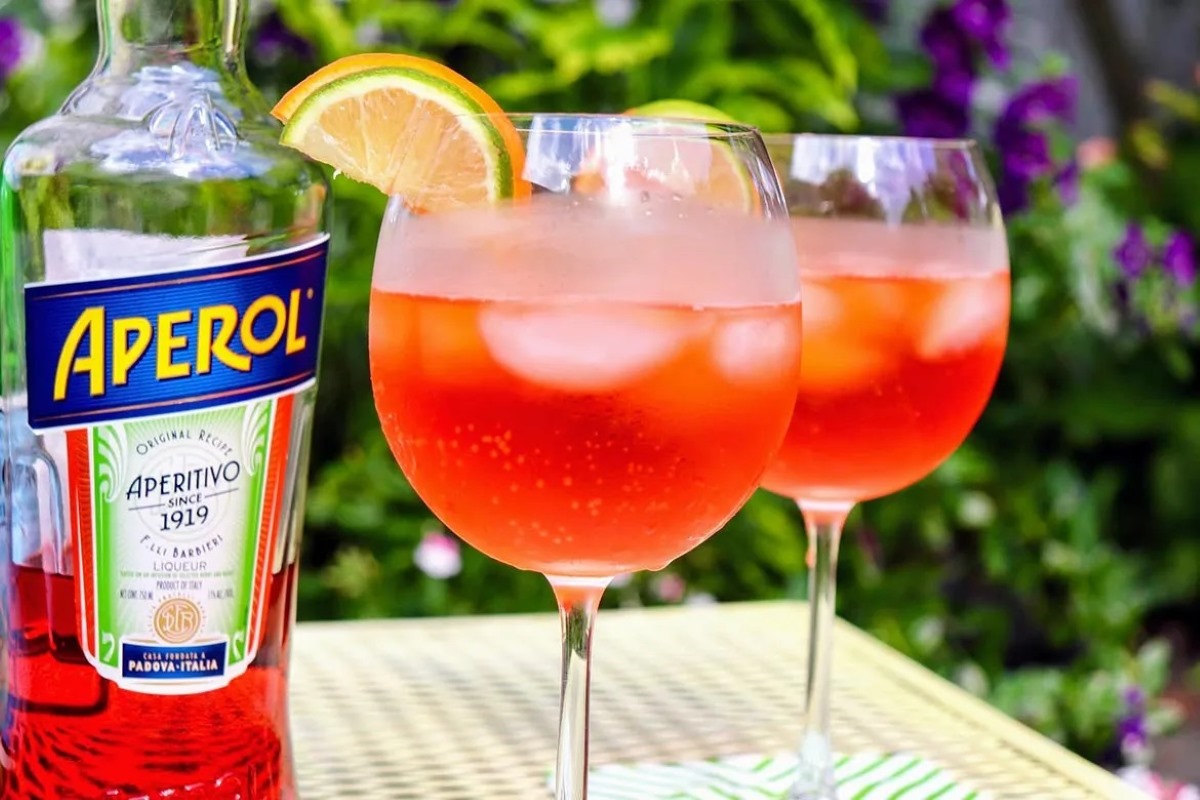
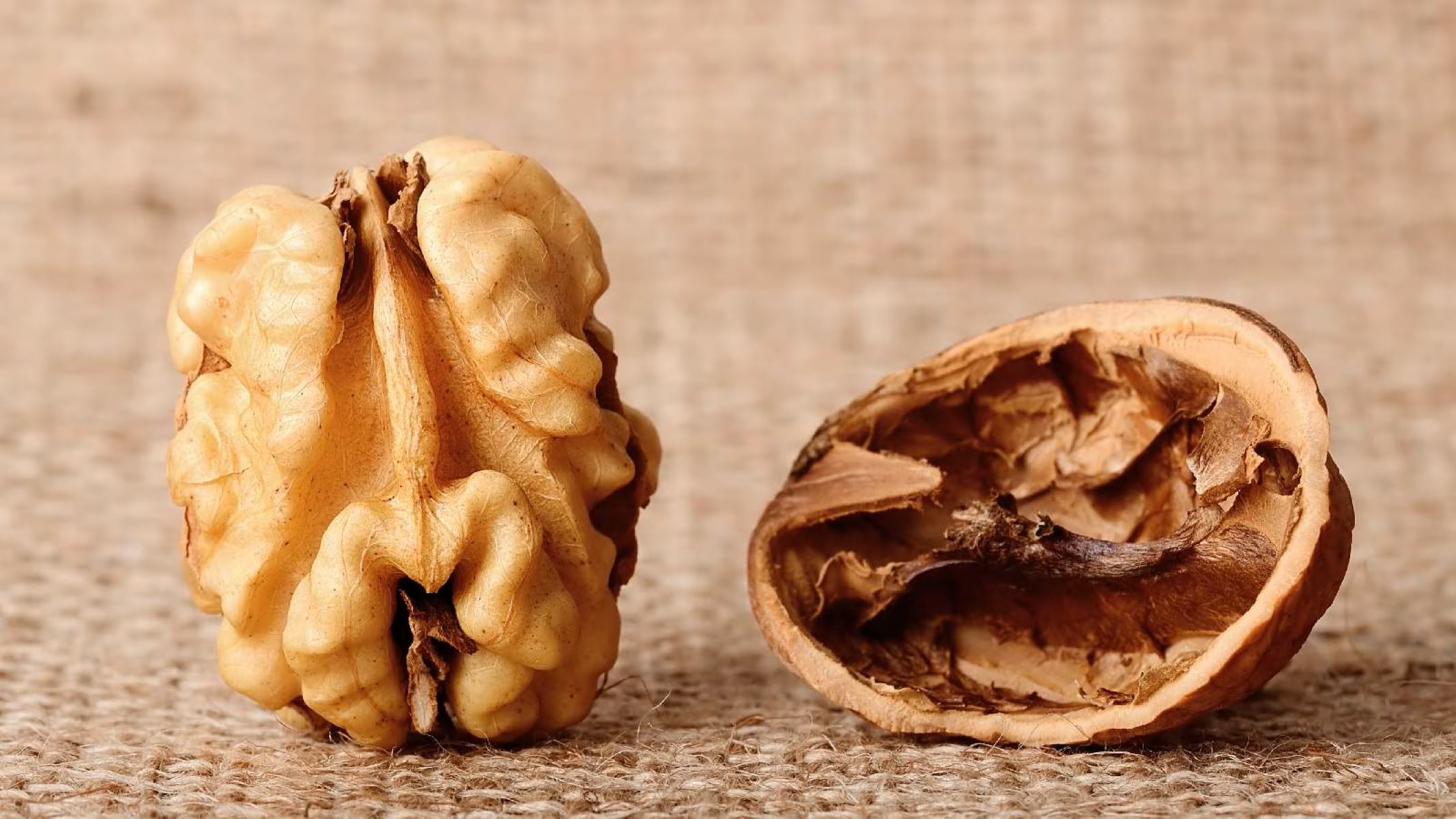
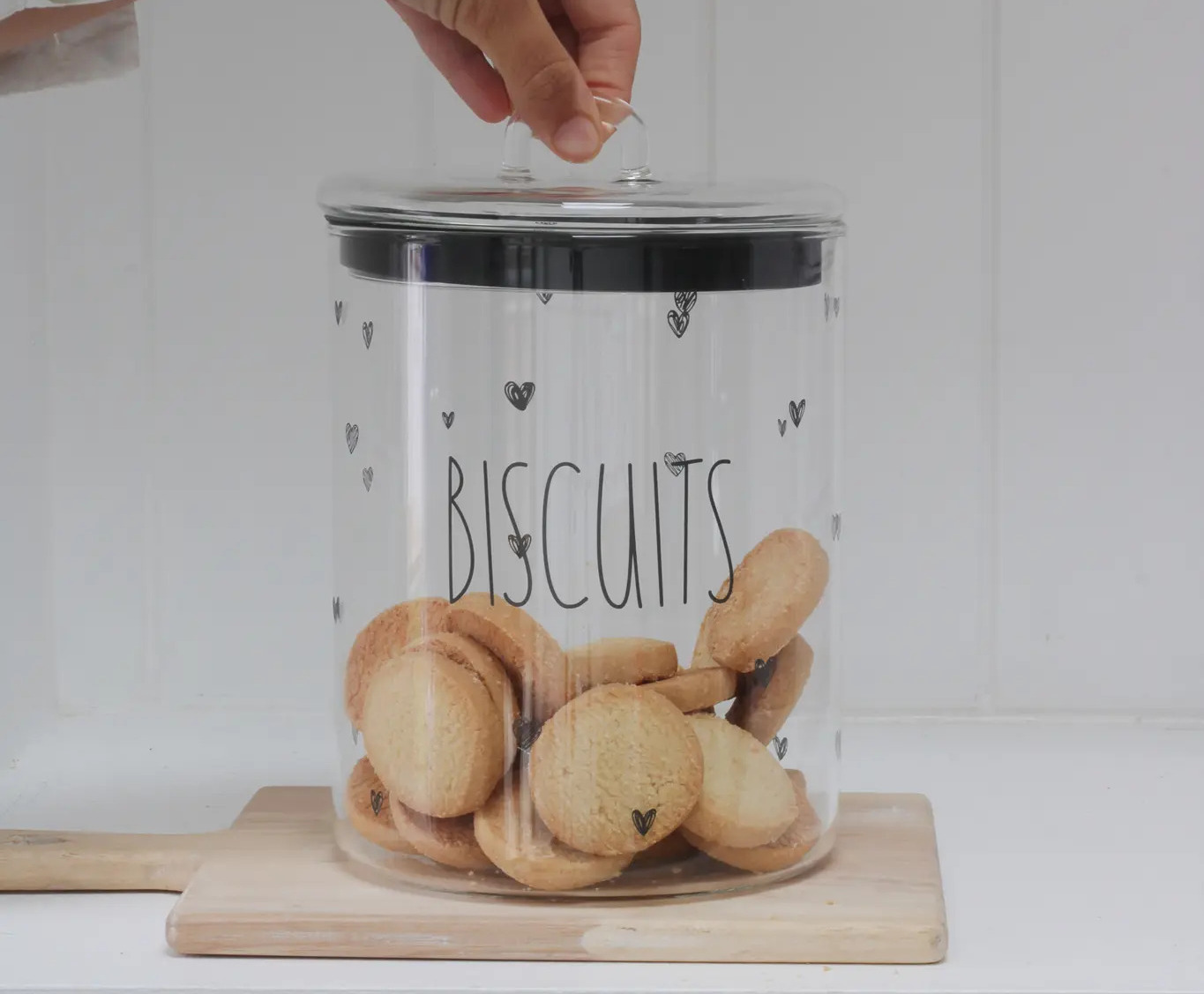
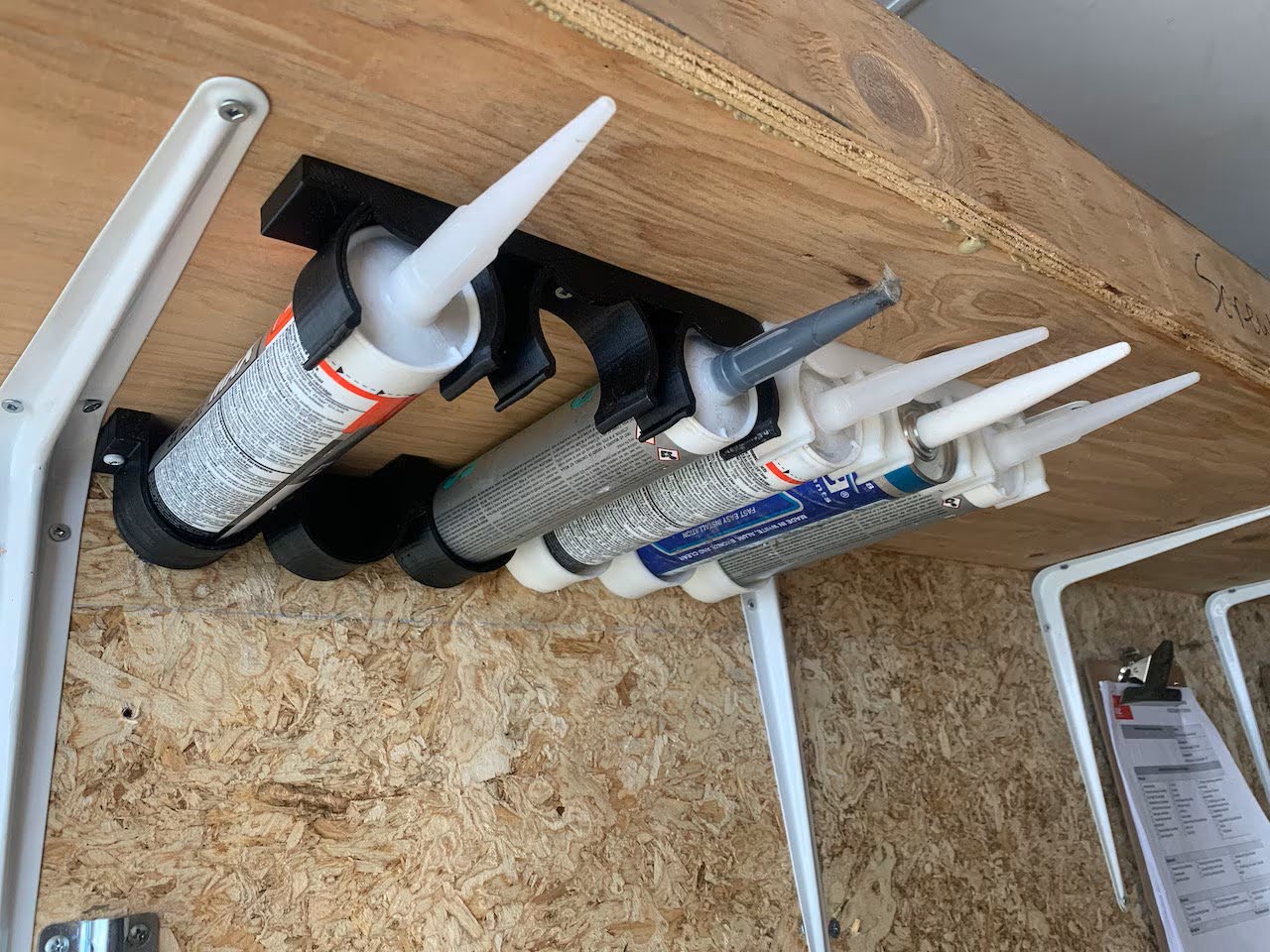
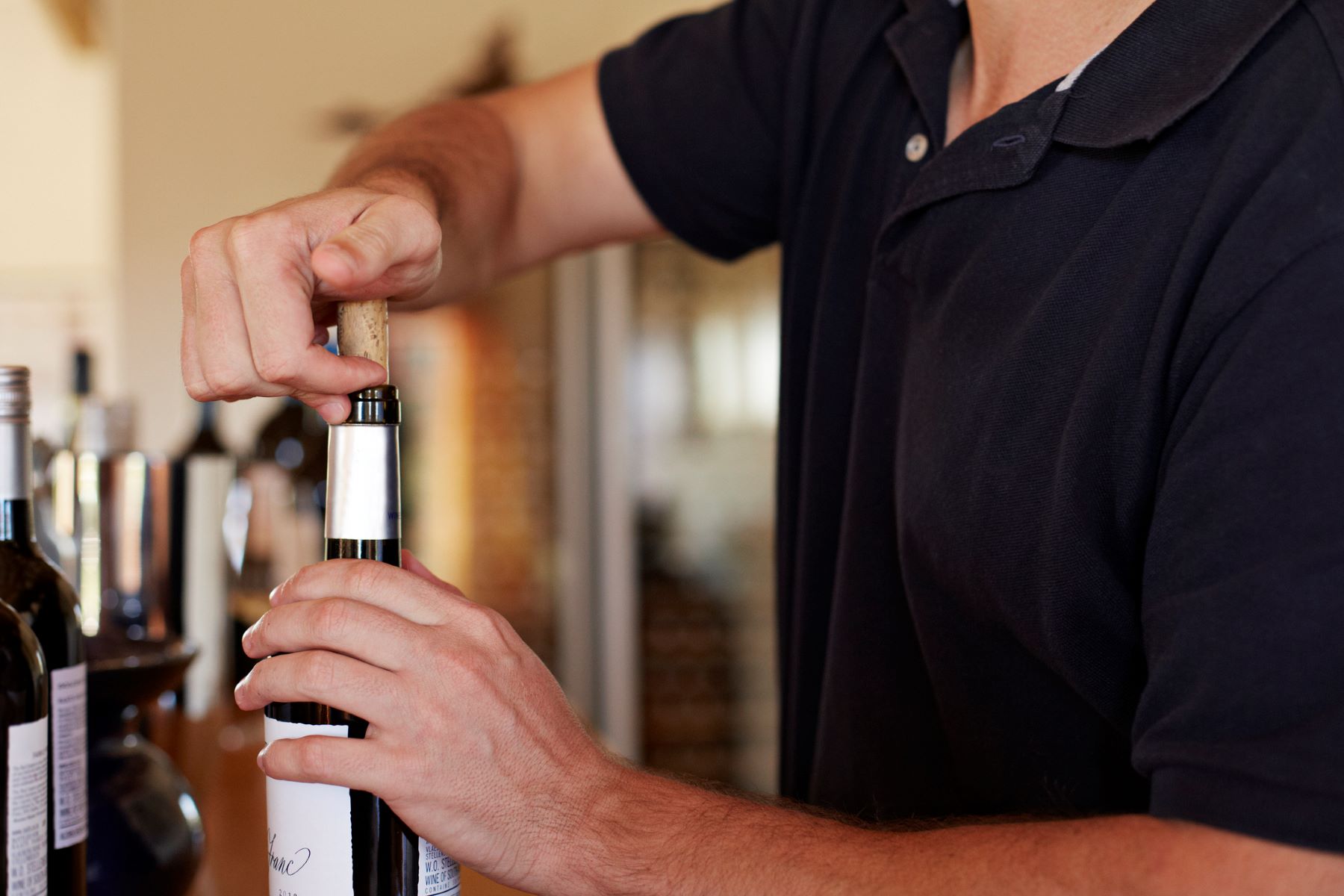


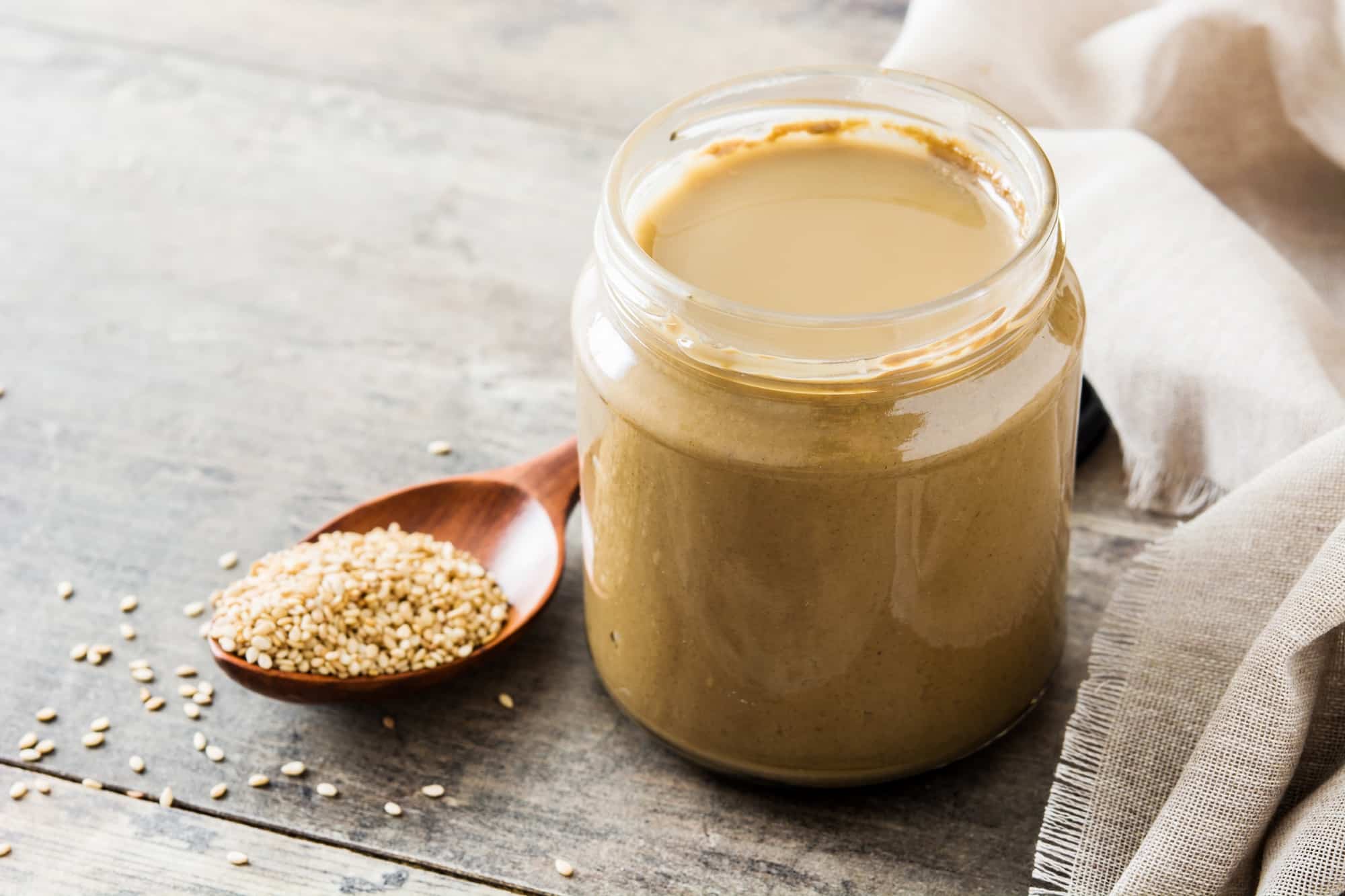
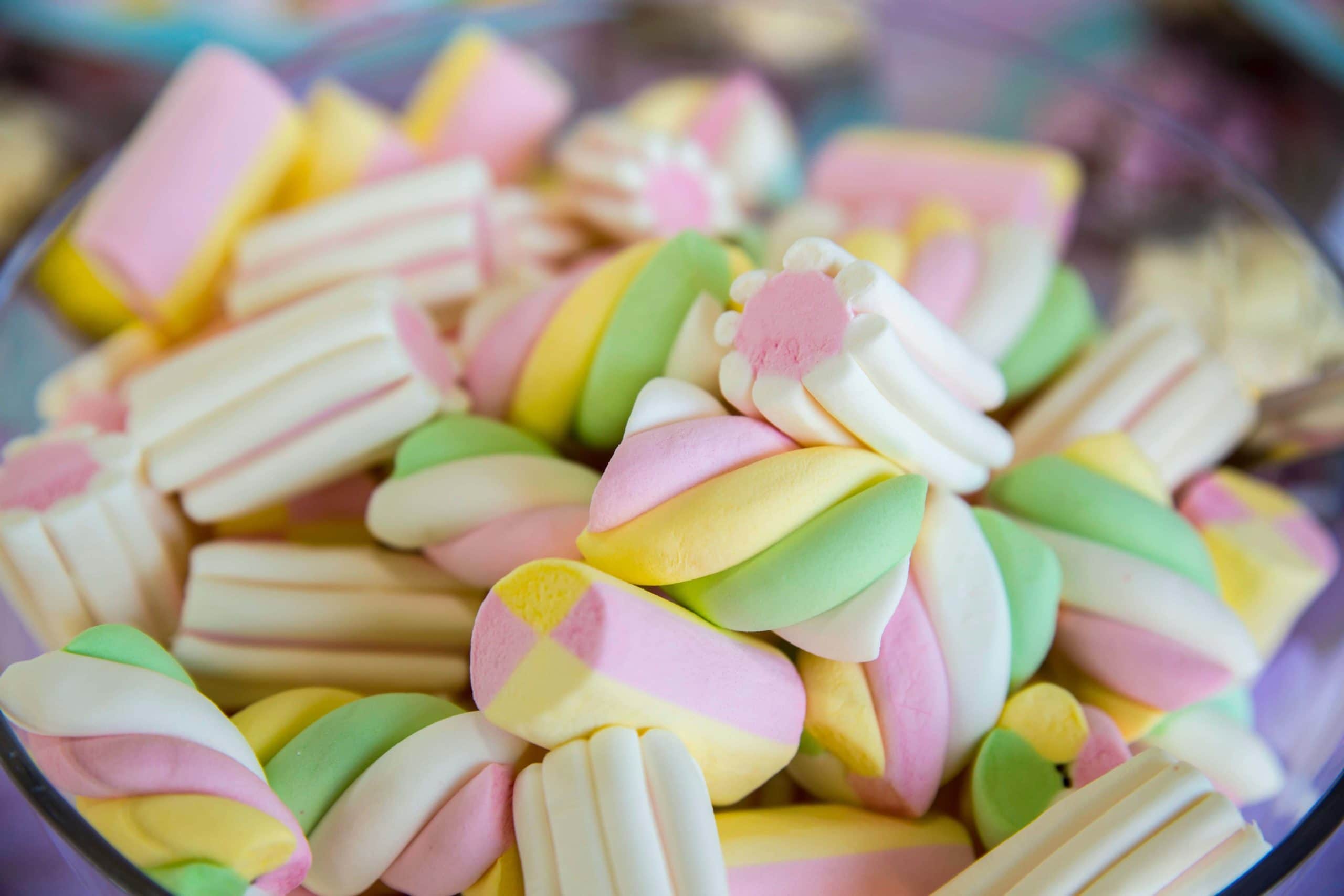
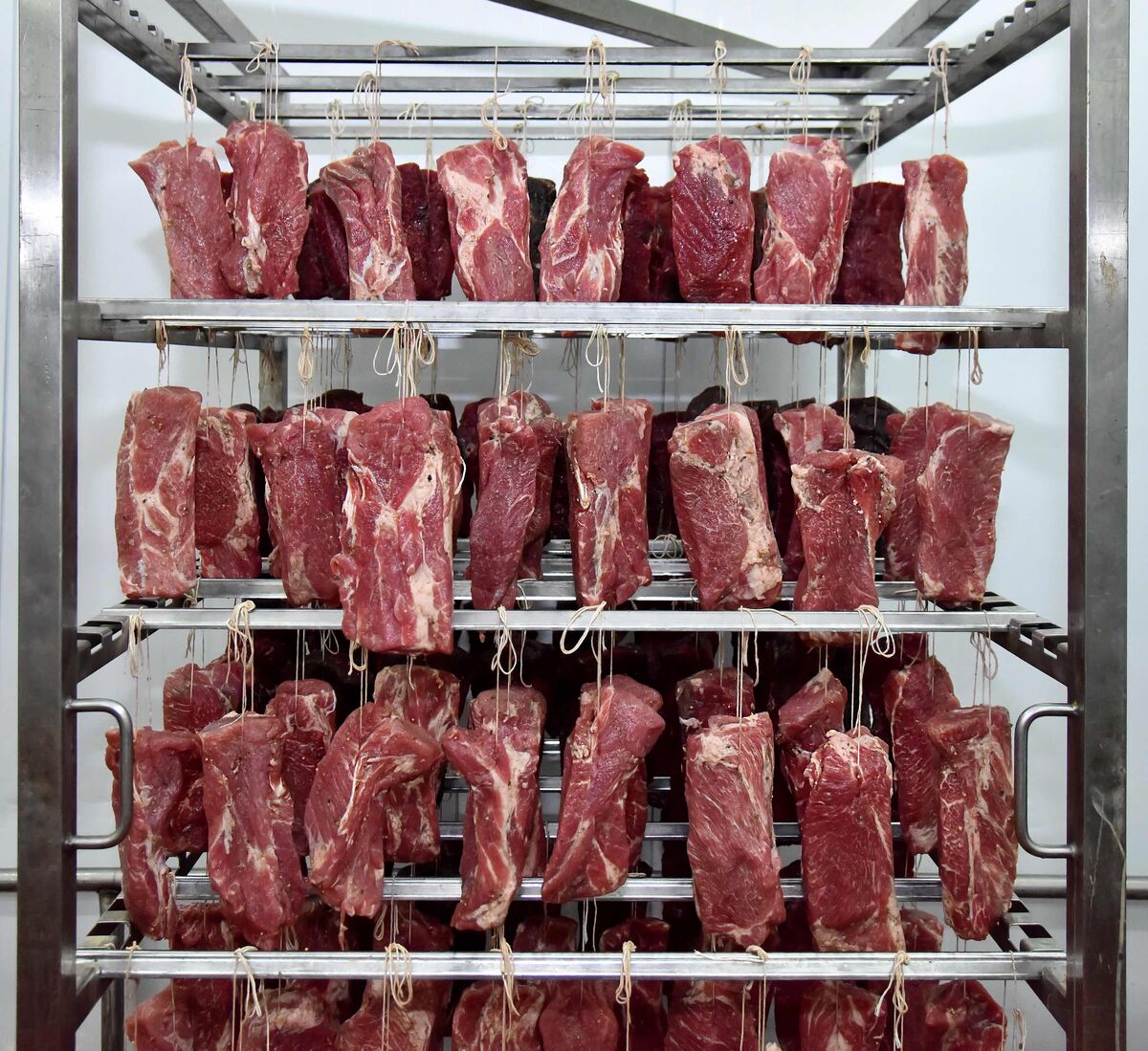

0 thoughts on “How To Store Brandy After Opening”